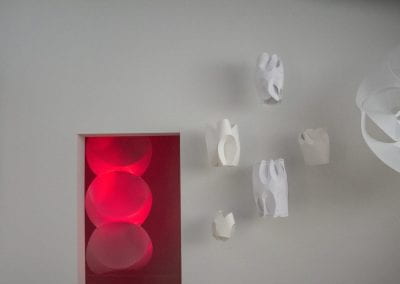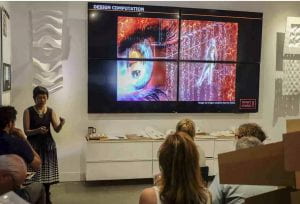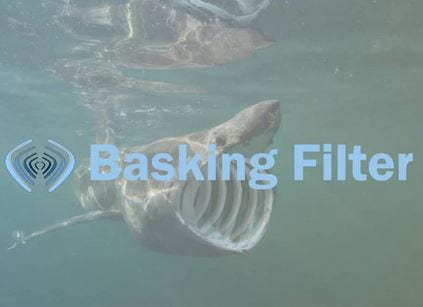What if we could create something from almost nothing? I turn sheet material into sculptural form through cutting, folding and bending. Simple slits and curved folds can create unexpected 3D forms that catch and bounce light. Parametric design and digital fabrication can ramp up kirigami to create a variety of shading screens, lighting fixtures, and large-scale sculptures.
My research explores how efficient folding forms can modify environmental forces. After exploring light modulation, I have worked with Melbourne partners to examine how textured forms can affect airflow. We seek to understand how relief textures affect airflow in layered building facades, with the goal of creating exterior siding that increases ventilation without using any energy. In hot climates, more air movement would magnify the cooling effect of shading screens. For wood construction, better ventilation could reduce fungal deterioration and health threats from mold, which triggers allergy and asthma.
Wind-tunnel testing, computational fluid dynamics (CFD) and hydrogen bubble visualization reveal “What patterns speed up vs. slow down the airflow? Why?” By showing how different forms funnel, shift or agitate the airflow, they provide clues for optimizing surface texture design.
For more:
Shaping Light Website
Student Lanterns, 2017
Shading screens & Light Rail Stations for Gresham, OR studio, 2009
Illustrated Research Papers:
- Surface Into Form: summary of the exhibit at PLACE, Portland
- Shaping Light with Cut and Folded Surfaces: from the 2017 Illuminating Engineering Society’s Annual Conference Proceedings.
- Shading with Folded Surfaces: Designing with Material, Visual and Digital considerations
- Folded Sun-Shades: from Origami to Architecture




Recent Comments